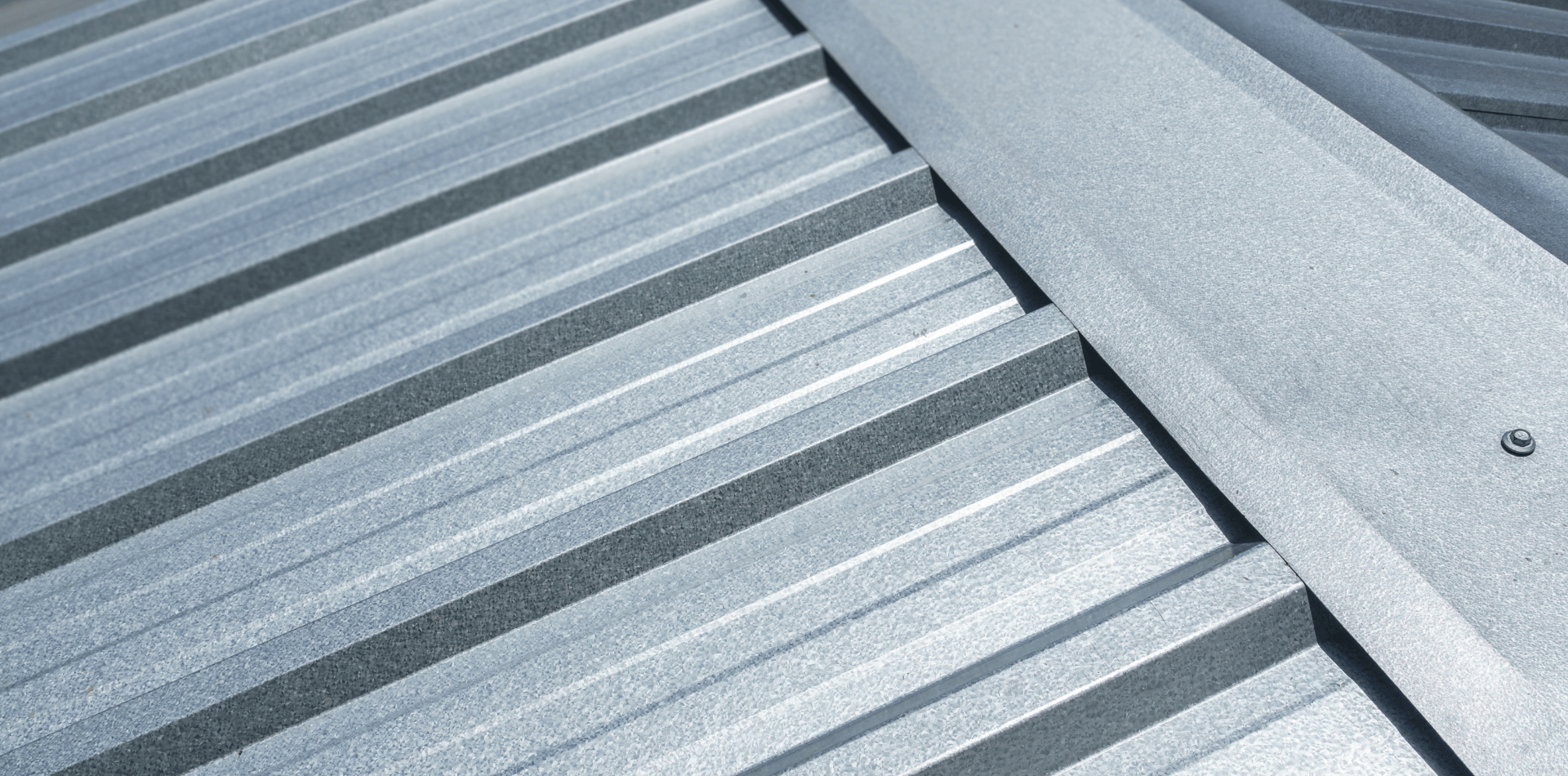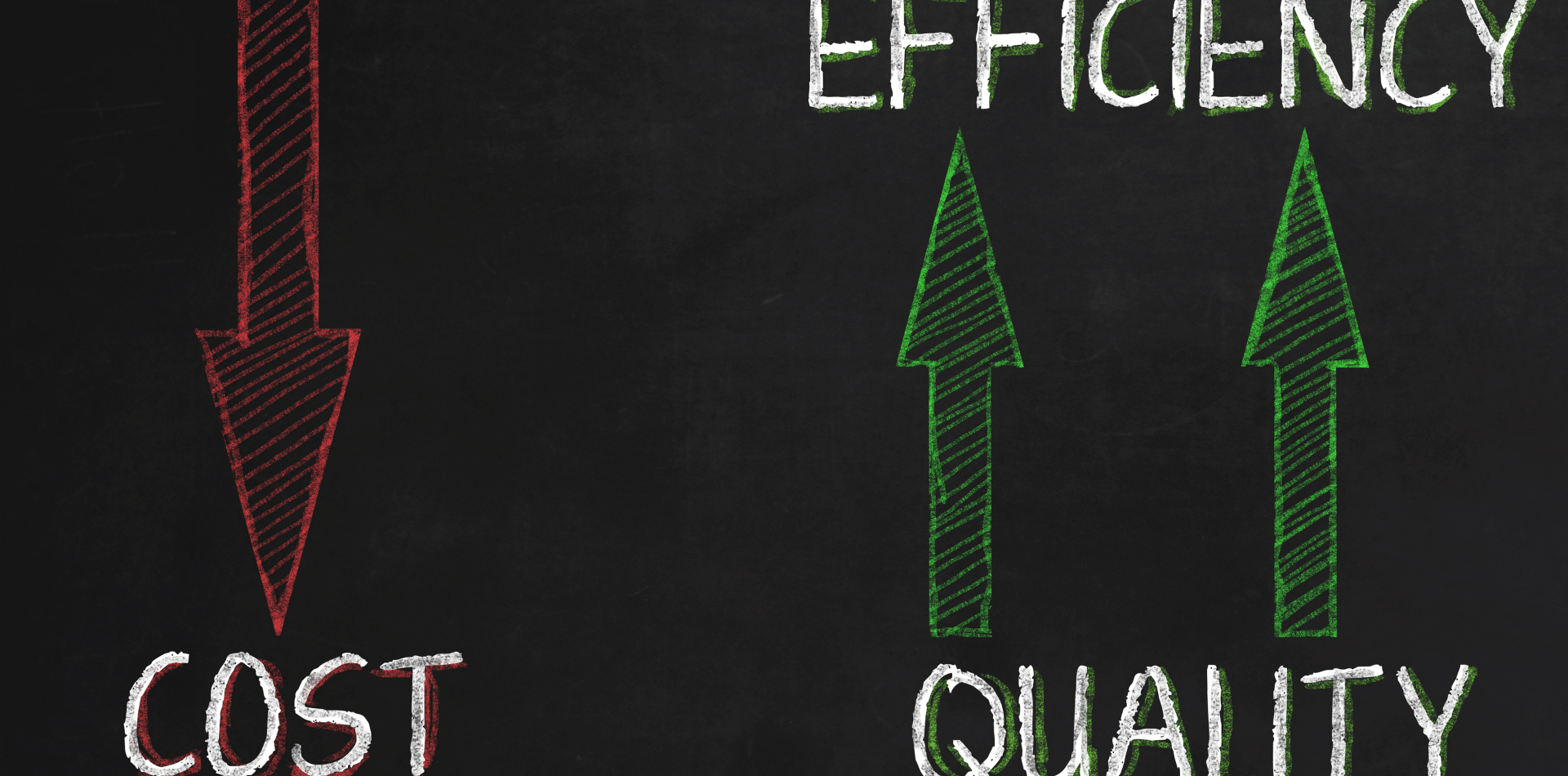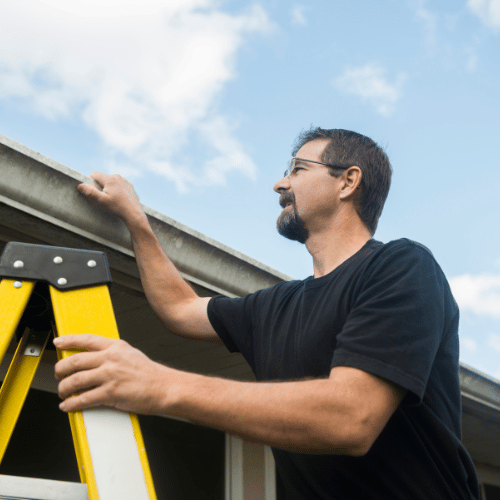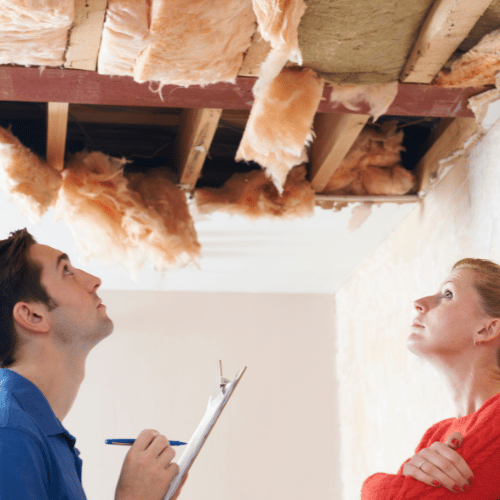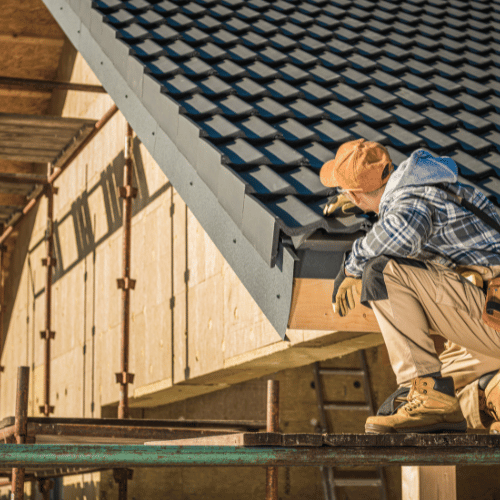The Impact of Weather on Your Roof: Why It Might Be Time for a Replacement
The Impact of Weather on Your Roof:
Why It Might Be Time for a Replacement
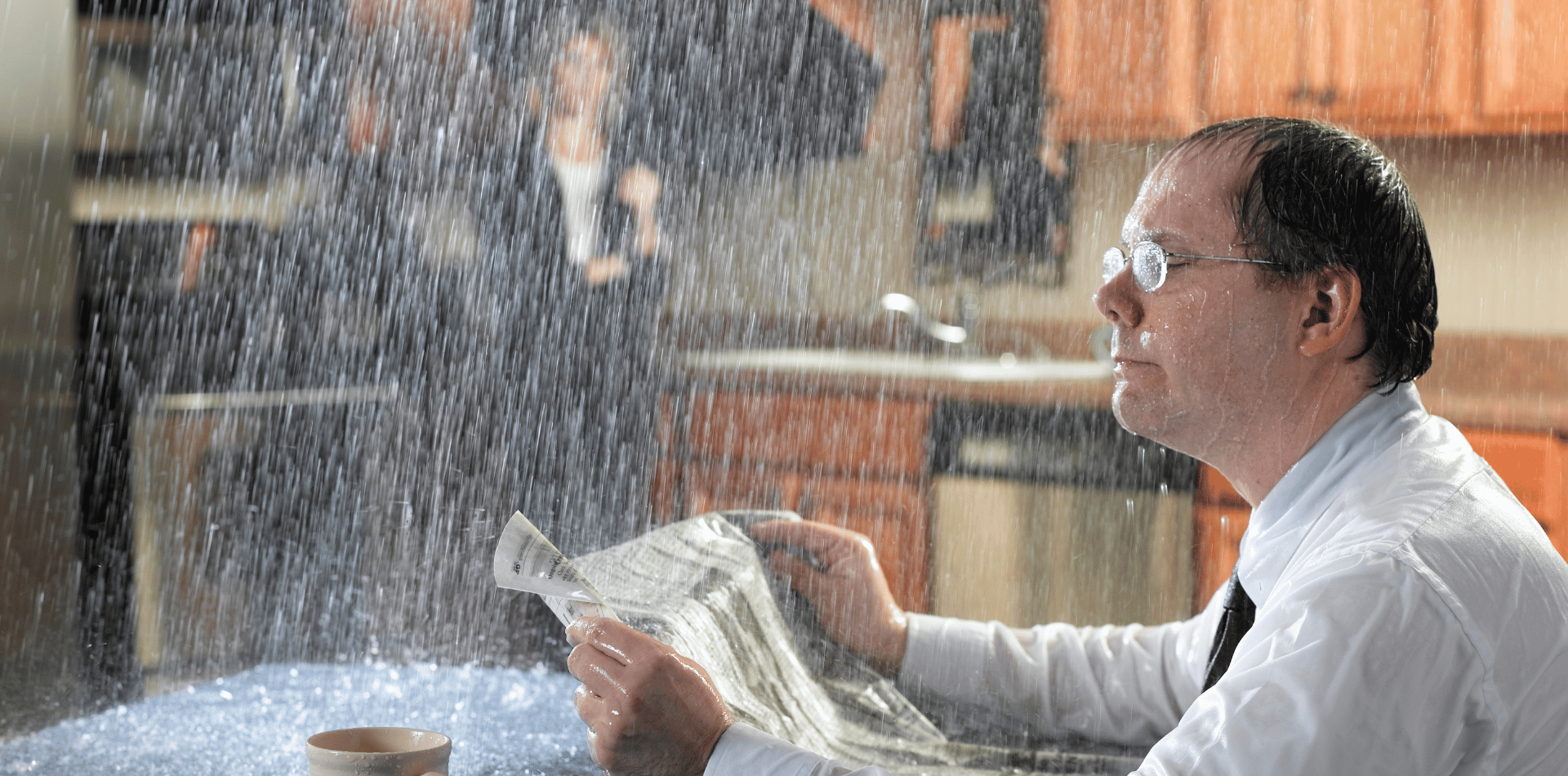
Your roof protects you from the elements, but have you ever wondered how the elements are affecting your roof?
We often take our roofs for granted, seeing them as an unchangeable part of our homes. However, various weather factors can significantly wear down your roof over time.
This article will take you through the basics of roof anatomy, how different weather elements impact it, the signs that you might need a replacement, and how to choose a weather-resistant roof for your home.
The Basic Anatomy of a Roof
Before we delve into the weather impact, it's essential to understand the basic components that make up a roof.
Your roof is not just a layer of tiles or sheetmetal, but a complex structure designed to protect, insulate, and maintain the integrity of your home.
- Roof Decking: This is the foundational layer made from plywood or OSB (Oriented Strand Board).
- Underlayment: Typically a water-resistant layer installed on top of the roof decking.
- Roof Covering: This is the visible layer and is normally tiles or metal.
- Flashing: These are metal pieces that divert water from places like valleys and joints.
- Gutters and Downpipes: These manage water runoff from the roof to the ground.
Having a working knowledge of these components will help you understand how weather elements can affect your roof.
Weather Elements and Their Effects
Sun Exposure
The sun is indispensable for life on earth, but it's not always friendly to your roofing material.
Constant sun exposure can lead to:
- Ultraviolet Rays and Thermal Cycling: The UV rays can break down many roofing materials over time, while thermal cycling caused by day-to-night temperature changes can lead to material fatigue.
- Wear and Tear: Lighter-coloured roofs are generally better at reflecting sunlight, but they also show signs of weathering more quickly.
- Mitigation Methods: You can apply UV-protective coatings to your roof or opt for UV-resistant roofing materials.
Rain and Moisture
Water may be the essence of life, but it's a leading villain when it comes to roof deterioration.
When your roof is exposed to moisture, you could face:
- Leaks and Water Damage: A leaky roof can damage the interior of your home, including your attic, ceiling, and even your walls.
- Mould and Mildew: Moisture build-up can lead to mould and mildew, affecting the quality of your indoor air.
- Ice Dams in Colder Climates: There are parts of Australia affected by ice and snow. Ice dams form when snow melts and then re-freezes at the roof's edge, leading to water accumulation and eventually, leaks.
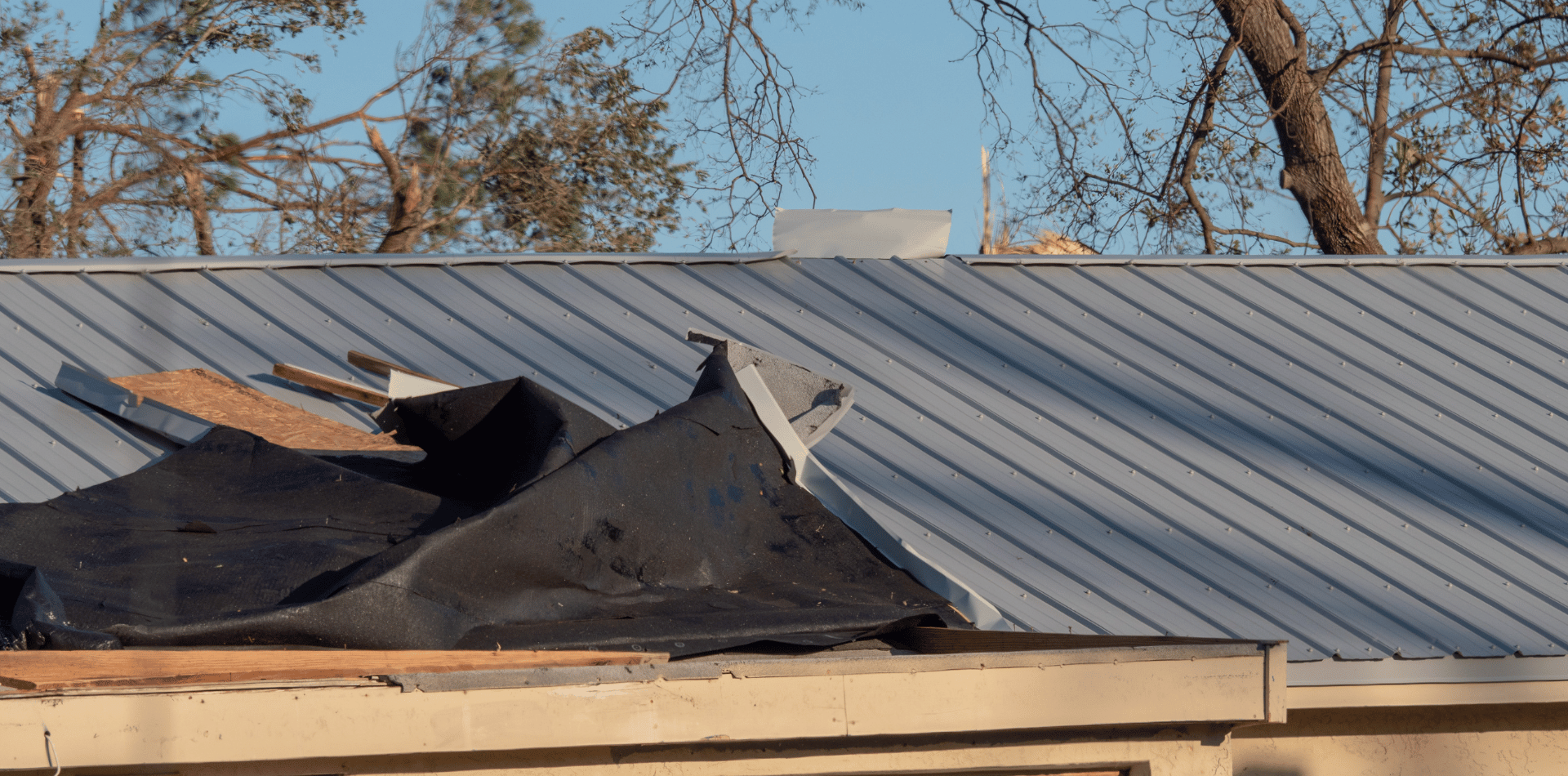
Wind
Strong winds and storms can create uplift pressures that can tear away roofing materials or damage them.
When wind flows over the roof, it can lift the roofing material, causing the following:
- The Aerodynamics of a Roof: Yes, aerodynamics apply to your roof too! The shape of your roof can influence how it withstands wind forces.
- Windborne Debris: High winds can carry branches, rocks, and other debris that could damage your roof.
- Flashing and Sealing Vulnerabilities: If your roof’s flashing isn’t installed correctly, wind can easily lift it, causing leaks and water damage.
Hail
Hailstorms may not be frequent, but when they do occur, they can wreak havoc on your roof.
Hail can cause:
- Types of Damage: Cracks in shingles, dents in metal roofing, and even shattered tiles.
- Assessment and Repair: It's often hard to assess hail damage from the ground, so you may need a professional inspection.
- Insurance Considerations: Check your insurance policy to understand the extent of hail damage coverage.
Temperature Fluctuations
From sweltering summers to freezing winters, extreme temperatures can test the integrity of your roofing system.
Drastic changes in temperature can lead to:
- Material Contraction and Expansion: Many materials expand in heat and contract in cold, leading to material fatigue over time.
- Sealant Issues: Sealants can soften in heat and become brittle in cold, leading to potential leaks.
- Thermal Shock: Rapid temperature changes can lead to thermal shock, which can weaken the roofing material.
Snow and Ice
Although only a small part of Australia is affected by snow and ice, we should consider its consequences.
While a snow-covered roof can look picturesque, the weight and melting process can lead to significant issues.
Snow can lead to:
- Weight Burden: Your roof has a weight limit, and too much snow can exceed this, causing structural damage.
- Ice Dams: As mentioned earlier, these are an issue when snow melts and refreezes, leading to water accumulation and leaks.
- Possible Structural Damage: In extreme cases, the weight of snow and ice can cause a roof to collapse.
Signs It's Time for a Roof Replacement
Visible Damage
If you see cracked tiles, rusting metal sheets or other noticeable wear, take it as a clear sign.
Roof damage is often visible, especially after storms or seasonal changes.
- What to Look For: Damaged tiles, discolouration, visible leaks, and missing tiles are some signs to consider.
- Professional Inspection: Sometimes, the signs are not clearly visible and might require a professional eye.
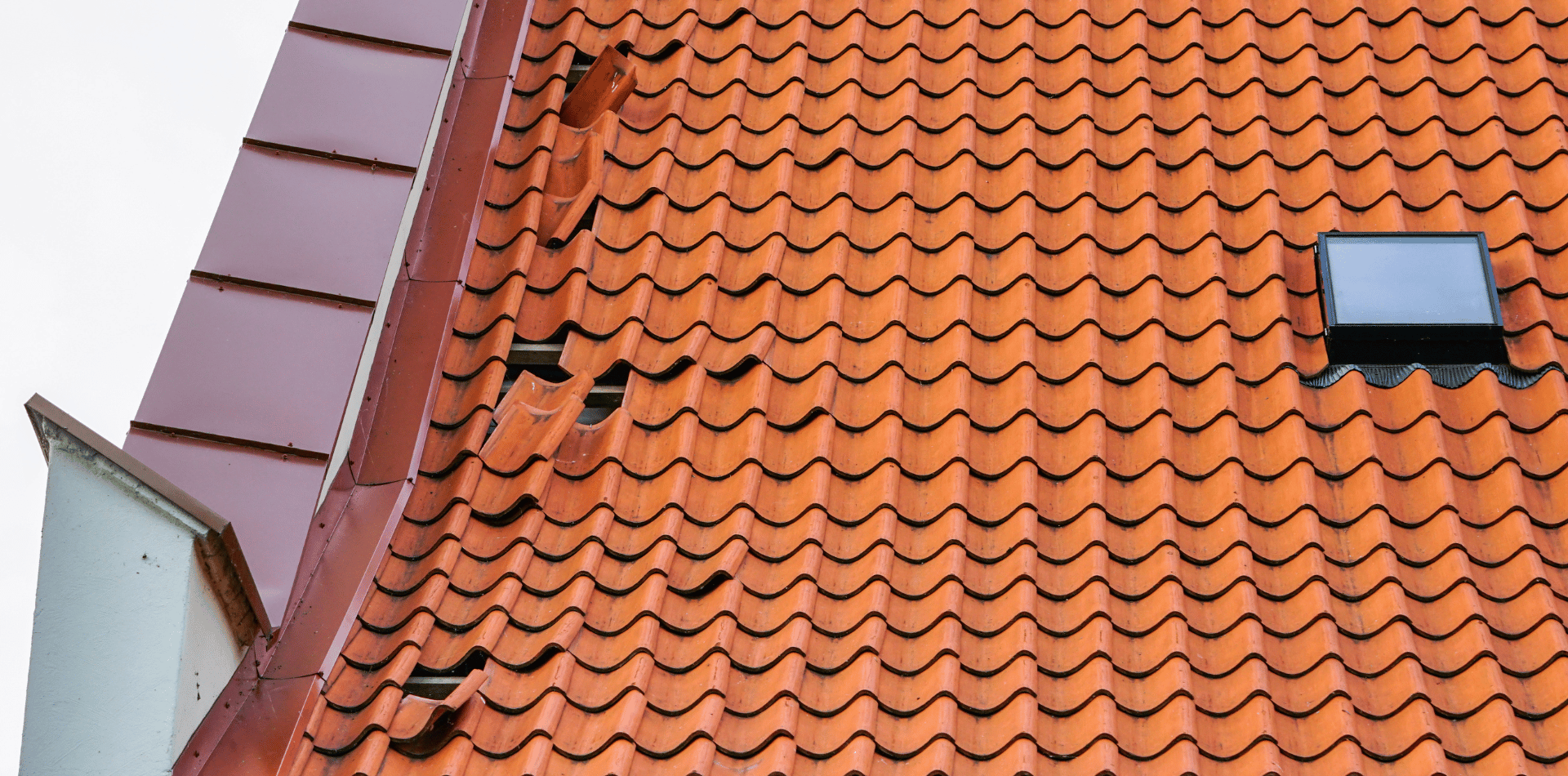
Age of the Roof
Like many things in life, roofs have an expiration date.
Different roofing materials have different lifespans.
Concrete tiles typically last 20 to 25 years, while metal roofing can last upwards of 50 years.
Recurring Repairs
If you find yourself frequently fixing leaks or replacing tiles, it may be time for a more permanent solution.
When you add up the costs of repairs, you may find that replacement is a more economical long-term choice.
Selecting a Weather-Resistant Roof
If you've decided it's time to replace your roof, choosing a weather-resistant option can be a wise long-term investment.
Consider the following when making your selection:
- Material Options: Asphalt, metal, and clay tiles are some of the popular choices, each with its weather resistance pros and cons.
- Other Technologies and Coatings: UV-resistant coatings, waterproof sealants, and thermal insulating materials can also add to your roof's longevity.
- Professional Consultation: Always consult with a roofing contractor to understand the best options for your geographic location and specific needs.
Taking Action: Why Procrastination Can Cost You
Your roof is more than just a structure; it's a shield that protects your home from the unpredictable forces of nature.
With the potential impacts of weather ranging from sun to hail, it's crucial to evaluate your roof's condition regularly.
Failing to act on time could lead to more serious—and expensive—consequences down the line.
FAQ
Q: How often should I inspect my roof?
A: At least twice a year and after every severe weather event like storms or hail.
Q: What are the best roofing materials for weather resistance?
A: Metal roofing and clay tiles are among the most weather-resistant options, but your choice may also depend on other factors such as cost, aesthetics, and local climate.
Q: Is roof replacement covered by insurance?
A: This largely depends on your insurance policy and the cause of the damage. Weather events like hail are often covered, but you'll need to check the specifics of your policy
You might also like
